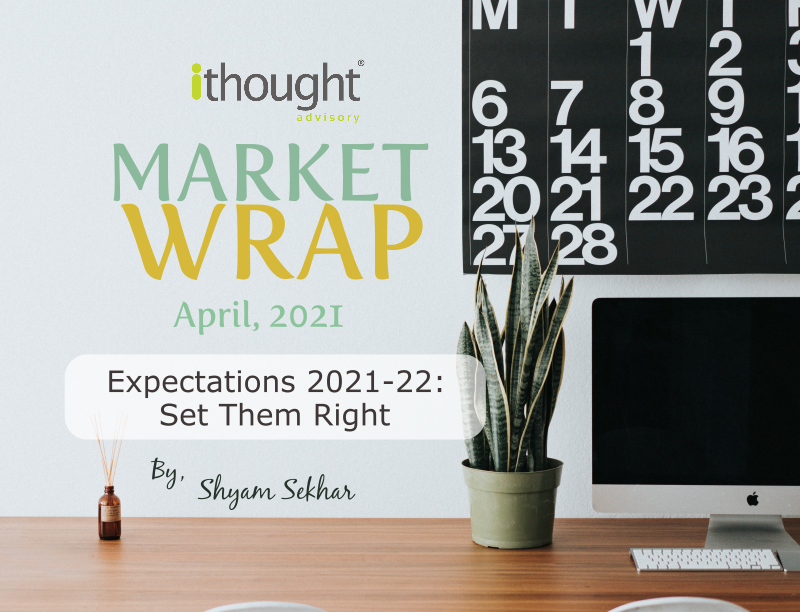
A roller-coaster financial year can either leave you all pumped up or all drained down. Where the markets end up in a financial year relative to the start unduly influences your mindstate. The overwhelming mood seems upbeat given the obvious influence of where markets closed the financial year. Recency bias is dominant.
What does this mood tell us? It tells us the market is confident of the upcoming year given the remarkable resilience seen in the previous year. But, markets always break free very quickly from past trends. When they break free, they are influenced a lot by external factors, attractiveness of valuations, relative merits of asset classes, and investor risk aversion levels. How these factors will combine can vary a lot between two financial years.
As we head towards a year of rebounding economic growth, the strength of the rebound will also matter. The reforms we are heading into are far-reaching and committed towards unshackling the old economy. The new economy will continue its onward march given the robust pipeline of global capital waiting to grab opportunities.
But, the markets seem to have factored a lot of what will go right in several leading themes. What the market is yet to believe is the ability of out-of-favour sectors, themes, and companies to deliver. Expecting the unexpected is not going to be easy given that everybody is crowding the same trades, valuations of most performing stocks are near historic highs, and at significant premiums to their past peak valuations.
So, the markets will take longer to lose faith in what worked in the recent past. By extension, the markets will not easily buy into future trends which will emerge from out of favour stocks and themes.
The coming year will test both benchmark driven investing and contrarian investing. It could be a year where we see retracement both ways. Expecting less and focusing on investing in forward-looking themes is a good way to set the right expectations.